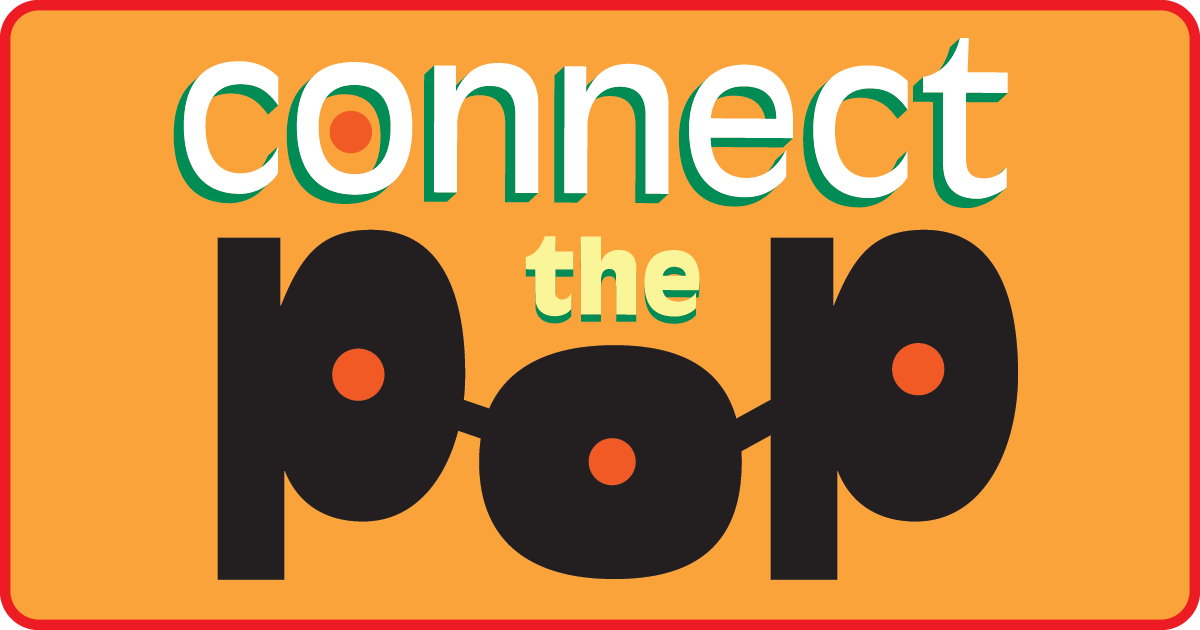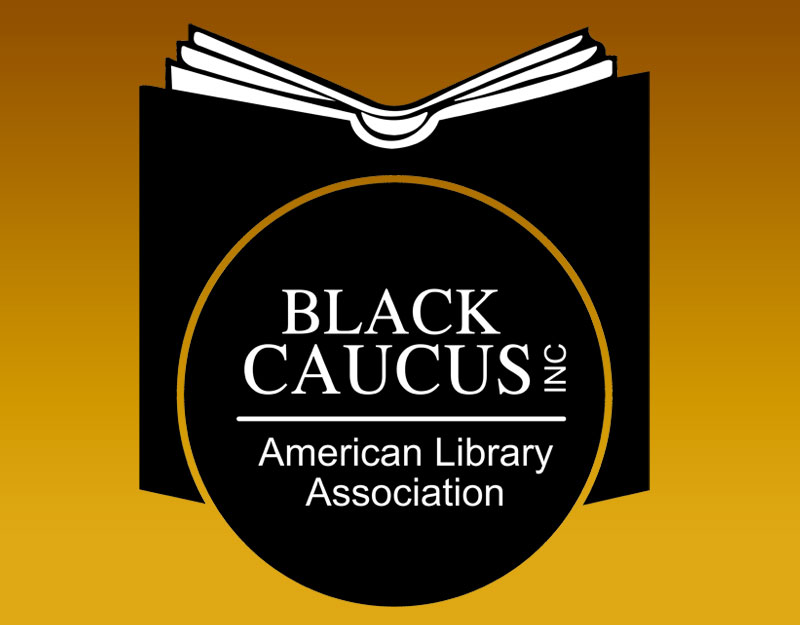SCROLL DOWN TO READ THE POST
Jane Austen, Edtech, and the Promise of ‘Theatrics’
Following is a continuation of my talk with Nick DeMartino, Head of Business Development for Theatrics.com. This week’s first episode bow of Welcome to Sanditon, based on the unfinished novel by Jane Austen and featuring a robust fan participation platform provided by Theatrics, prompted our chat–which soon turned to school-based applications of the technology.
***
All right, so what’s a specific curricular example of what could be done with Theatrics…?
A literature teacher could assign a team to create a transmedia adaptation of a story–like the Lizzie Bennet team did–and involve the entire class, grade, or even across distances with other students using Theatrics’ cloud-based platform. The “Calls to Action” and the responses from the participants can vary wildly–why not assign alternative endings? What would happen if Tom Robinson had been acquitted in To Kill a Mockingbird? How would Holden Caulfield have changed if he moved to a new school in Ohio instead of New York City? You get the idea.
ADVERTISEMENT
ADVERTISEMENT
Teachers in other subject areas can use the platform to create innovative learning experiences as well by developing their own assignments using documentary-style video production as well as fictional characters, which opens up subjects as varied as history and social studies, health education, ethnic studies–even math and science.
 To play devil’s advocate for a moment, should librarians and teachers be cautious in terms of their expectations for student engagement? That is, if they look to the success of Theatrics in relation to Sanditon, should they bear in mind that the audience that’s creating new characters and videos are already fans of the central text? In contrast, in a class of secondary students I doubt that most of them would self-identify as “fans” of the literary text being used or the historical event being covered…
To play devil’s advocate for a moment, should librarians and teachers be cautious in terms of their expectations for student engagement? That is, if they look to the success of Theatrics in relation to Sanditon, should they bear in mind that the audience that’s creating new characters and videos are already fans of the central text? In contrast, in a class of secondary students I doubt that most of them would self-identify as “fans” of the literary text being used or the historical event being covered…
Yes, setting learning goals and outcomes is essential–it’s what great educators do that enables them to assess student achievement–and this is why Theatrics is eager to partner with innovators who know how to transform a toolset into a learning platform.
The meta-outcome of this kind of constructivist learning is that students learn how to learn. If they are charged with creating a character that responds to events in a story, and then to produce a video in which the story is advanced… well, there’s a lot of learning in that experience, not to mention the interaction it may trigger with the story creators and the other participants. This becomes less about producing “great” videos, and more about empowering kids to grasp the dynamics of storytelling.
Today’s kids are digital natives who take for granted the opportunity to engage with and contribute to the content they love online, whether that is expressed simply via social networks, or more elaborately as content creators on sites like YouTube, Tumblr, video games, even Second Life. Educators are recognizing that there is real learning that occurs through these mediated social interactions and narrative interventions, and are finding creative ways to make sure that learning of this sort does not stop at the schoolhouse door.
And yet many students will be familiar with Jane Austen and comparable canon authors only because of schools…
A narrative experience like LBD is compelling in part because of the great bones of Austen’s story and characters, for sure. But equally compelling is the story form, the opportunity for consumers to engage deeply with those characters, who literally can walk off the page and into the fans’ daily lives through social media and video.
So I think the driver for many kids will be the chance to participate and engage inside a storyworld. They get to be more than just fans, they get to be co-creators. And that act of engagement can be transformational, and certainly educational. Also, it may true that by some measures the quality of most student work will not compare favorably to professional content, though I’ve seen many exceptions. Talent is talent.
Okay, so how might Theatrics represent an advance over established K-12 services such as Edmodo or VoiceThread?
 Theatrics offers something new to educators–the chance to create a contained story-based learning environment in which students can be stimulated to create in an ongoing process that results in a collaborative story. The show creator—in this case the educator—sets the goals, creates Calls to Action over time, manages the videos, and has the ability to download videos to create compilations. All of the products on the site are fully socialized and gamified, meaning that participants can vote, comment, follow, and interact. I like to call it a live-action role-playing social network inside a story.
Theatrics offers something new to educators–the chance to create a contained story-based learning environment in which students can be stimulated to create in an ongoing process that results in a collaborative story. The show creator—in this case the educator—sets the goals, creates Calls to Action over time, manages the videos, and has the ability to download videos to create compilations. All of the products on the site are fully socialized and gamified, meaning that participants can vote, comment, follow, and interact. I like to call it a live-action role-playing social network inside a story.
But it’s worth underlining that Theatrics is in beta, which means that we are actively expanding the feature set in response to the needs of innovative content partners who are coming to the platform, which of course includes the team behind Welcome to Sanditon and others whose work will premiere on the platform in the coming months.
My questions about what Theatrics can do are a bit premature, then. It’s educators themselves who can actively help determine those uses.
ADVERTISEMENT
ADVERTISEMENT
These innovators develop an outcome in mind for their audience, which is why the partnerships are so exciting for a startup like Theatrics. “Can we do this?” is often the beginning of a conversation that leads to the creation and introduction of new features. In addition, we are exploring strategic partnerships with platforms in social TV and transmedia. If educators require interoperability with leading solutions in a given field, we’re open to these ideas.
Bottom line, emerging companies must always approach existing markets with a sense of humility, recognizing that the purpose of the startup is to disrupt the status quo. Theatrics has built a platform that empowers a deep level of engagement in the storyworlds created by many types of storytellers, with user functionality that is unique and quite powerful. We believe the experiences that educators create by using this platform will be singular, and that takes nothing away from many other products that have already built strong followings in the marketplace.
Great–how can librarians and other educators get involved?
Theatrics.com is running an open beta program right now in order to develop innovative case studies that show how the platform can be used for a wide range of applications. Forward-thinking teaching librarians and other educators who want to invent a new curriculum module, or adapt an existing film-based project using the Theatrics collaborative platform, can open a free account now at Theatrics.com, or contact me.
###
 Nick DeMartino is a consultant specializing in digital content strategies. As SVP of Media and Technology at the American Film Institute, he has been at the forefront of multi-platform storytelling for more than 20 years.
Nick DeMartino is a consultant specializing in digital content strategies. As SVP of Media and Technology at the American Film Institute, he has been at the forefront of multi-platform storytelling for more than 20 years.
Filed under: English, Fandom, New Media, Science/Math, Social Studies, Television, Transliteracy
About Peter Gutierrez
A former middle school teacher, Peter Gutierrez has spent the past 20 years developing curriculum as well as working in, and writing about, various branches of pop culture. You can sample way too many of his thoughts about media and media literacy via Twitter: @Peter_Gutierrez
ADVERTISEMENT
SLJ Blog Network
Name That LEGO Book Cover! (#59)
The Scourge of Upside Down Knitting Needles: 2024 Edition
Exclusive: Random House Graphic to Launch Global Comic Line Ink Pop | News
Take Five: Newbery Picks
The Classroom Bookshelf is Moving
Gayle Forman Visits The Yarn!
ADVERTISEMENT
ADVERTISEMENT








